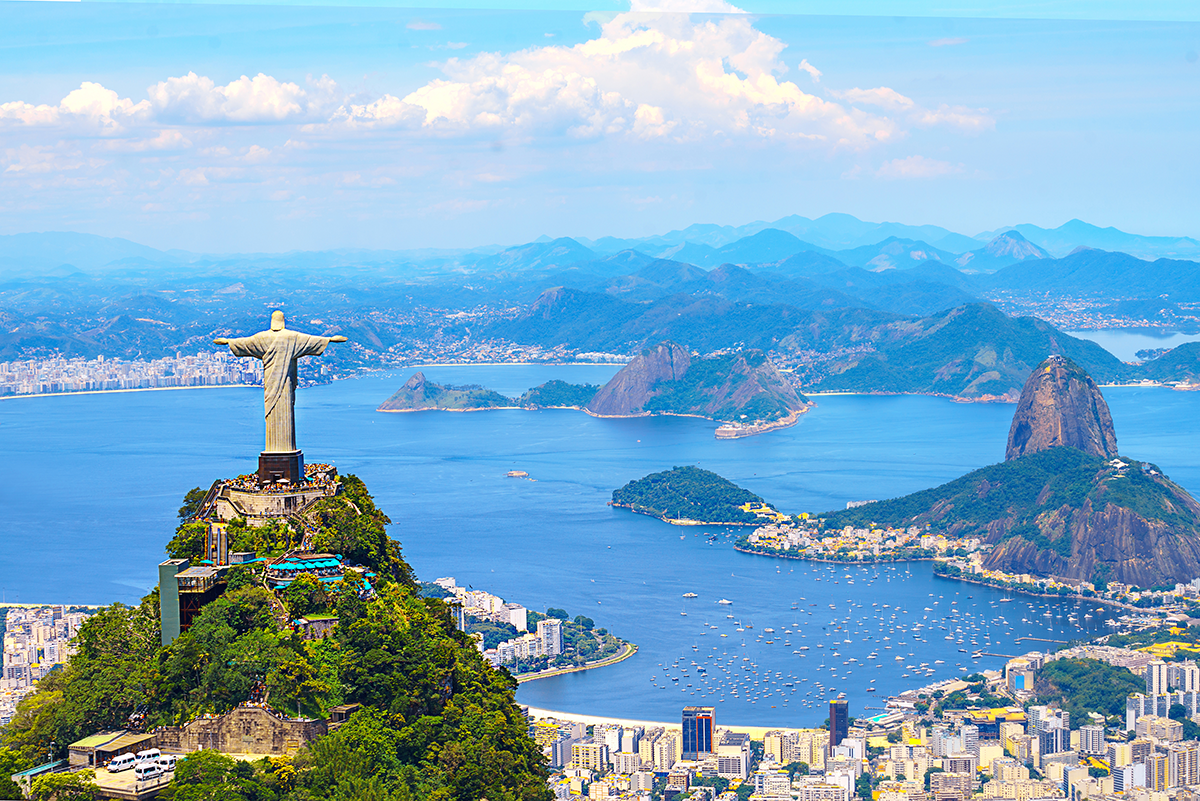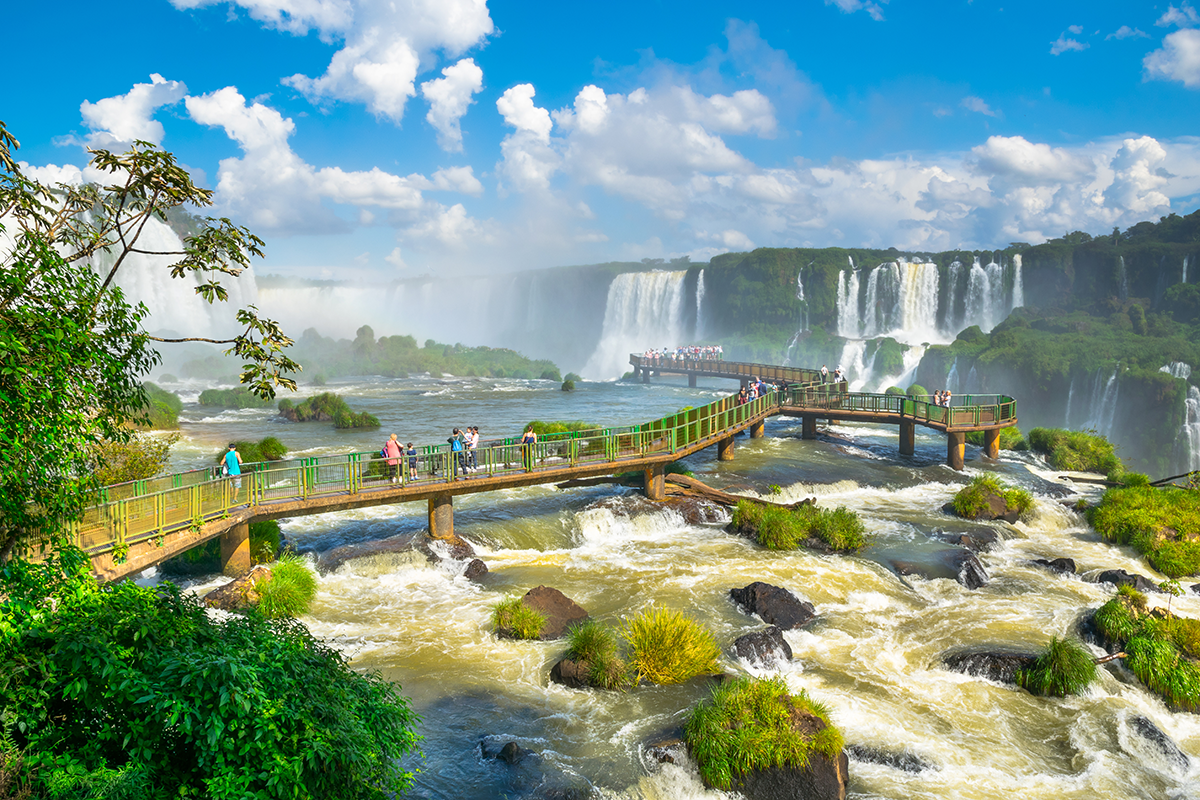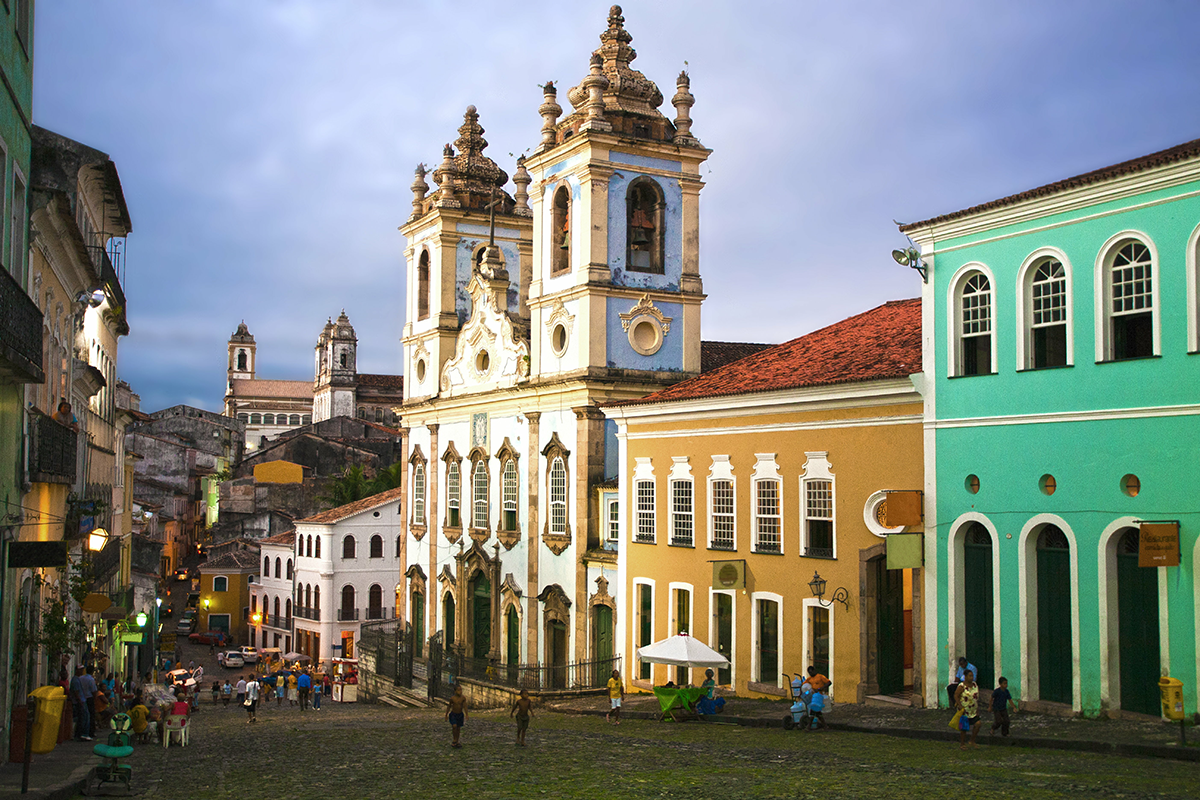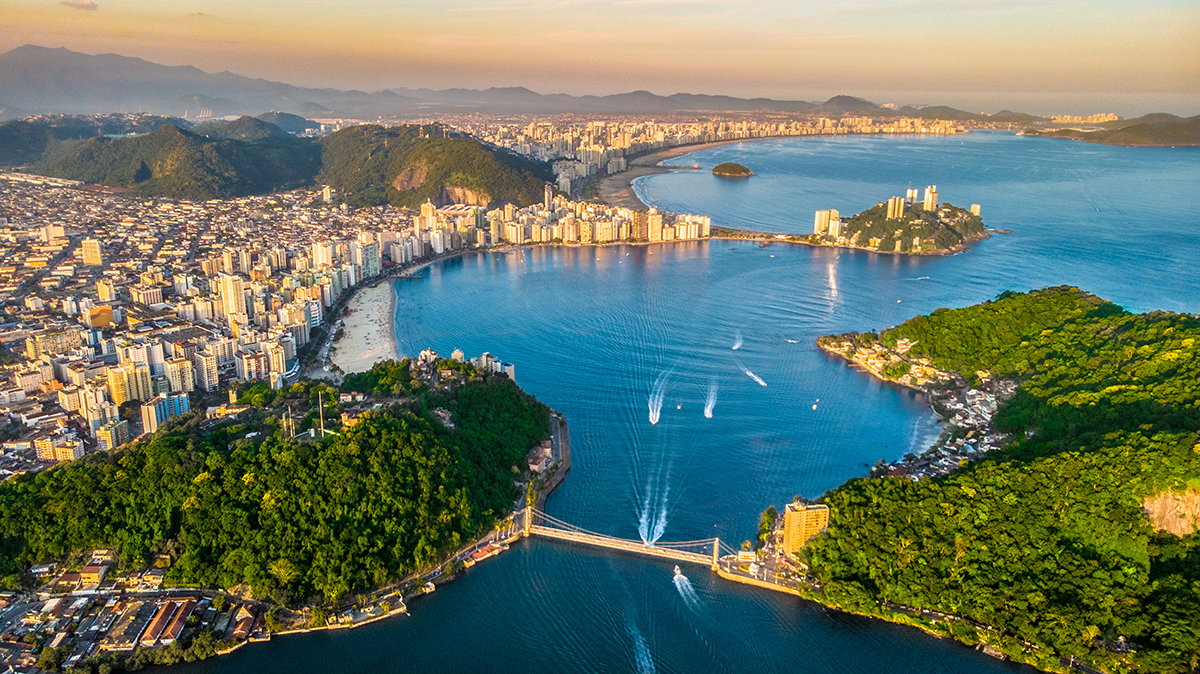
IS IT SAFE TO TRAVEL TO BRAZIL IN 2025?
Whether it’s Rio’s exotic beaches or the untamed Amazon, Brazil has a way of casting its spell on American travelers. But for many of these travelers there’s a nagging question in the back of their heads: “Is it safe to travel to Brazil?”
The answer? It is, if you take the right precautions.
Brazil safety by the numbers
Brazil is like many countries that Americans visit without a second thought as to their safety.
That doesn’t mean you should ignore safety concerns when you visit Brazil; it simply means you need to be just as safety-conscious as you’d be in any other major destination around the world.
With that understood, let’s look at the numbers.
The important safety numbers for Brazil are:
- 2: The State Department’s safety level for Brazil, which equates to “Exercise Increased Caution.” Countries are rated on a four-level basis, with 1 being “Exercise Normal Precautions” and 4 being “Do Not Travel.”
- 36: Where Brazil finished in Berkshire Hathaway Travel Protection’s 2025 Safest Places ratings. For context, 42 countries are featured in the ratings; in 2024, Brazil finished 29th.
- 52: The average safety ranking (out of 100) of Rio de Janeiro, according to the travel-safety app GeoSure Global. Rio gets the highest marks for medical care and the lowest marks for theft.
- 56: Sao Paulo’s average GeoSure ranking.
- 131: Where Brazil finished out of 146 countries in Numbeo’s crowdsourced country safety ratings. That puts it ahead of popular tourist destinations like Jamaica, South Africa, and Peru.
- 131: Brazil’s ranking out of 163 countries in the annual Global Peace Index. Brazil is only one spot ahead of the U.S. in these annual rankings of peaceability produced by Vision of Humanity.
General safety tips
At this point you should have a good idea of Brazil’s safety profile: generally safe, but concerns with petty theft in cities and overall safety elsewhere.
Given that, it’s good to follow these simple precautions while traveling in Brazil:
Stick to the main streets, especially at night. If your lodgings are a long way from your destination, take an authorized cab. (They have red lettering and prominently displayed phone numbers.)
Avoid the suburbs. In the words of Ricardo Boeing, a Brazilian-American who has organized student tours in Brazil, “The further out you get from downtown in the big cities, the more dangerous it can be.”
Try not to carry backpacks or purses in crowds. If you do carry these items, consider bags with cut-proof straps. Always wear purses strapped across your body. Don’t stow valuables in easily accessed pockets in your backpack.
Use reliable sources. Should you get lost or find yourself in an uncomfortable situation, shopkeepers, families, or even hotel staff are good resources to point you in the right direction.
Stay alert and attentive to your surroundings. Avoid deserted streets or dodgy-looking areas, especially after dark. Be mindful of your body language; confident strides and eye contact project a less vulnerable vibe.
Go where there’s police presence. According to Boeing, heavily policed streets like Paulista Avenue in Sao Paulo are generally safe for tourists.
Use tech wisely. While smartphones are travel essentials, don’t flash them unnecessarily. Map out your route beforehand and take quick glances if needed; otherwise keep your phone tucked away. With that said, apps like Noonlight and GeoSure are safety essentials for Brazil.
Specific safety tips
Beyond these general recommendations, your main safety concerns in Brazil are going to vary depending on where you go.
Big cities
Safety in the cities can vary by neighborhood (making a powerful use case for GeoSure).
In those areas you need to do the drill: Stick to well-lit tourist areas, opt for registered taxis or ride-shares, and avoid going solo at night.
Also, the State Department and most travelers recommend you avoid the favelas – ad-hoc, shantytown-like neighborhoods – altogether.
Otherwise, petty theft is your main concern in the cities.
To help prevent petty theft, it’s important to be proactive about how you carry valuables and smart about where you go. How do you do that?
- Dress very modestly
- Try to fit in
- Minimize valuables you have with you
- Don’t have obvious phone- or wallet-shaped bulges in your clothes
There’s no need to dress flashy, sport a lot of jewelry or conduct yourself in a way that screams “American.” The more you look like an average Brazilian going through their average day the less likely you are to be a theft victim.
You can take this one step further by stashing valuables in a money belt or a pouched infinity scarf. And if you skinny down the valuables you take on your city treks to a credit card, a passport, an ID, and some cash, and you spread around those valuables, thieves are going to discount you as a target.
You can also “harden” yourself as a target by investing in pickpocket-proof clothing, like that made by Clothing Arts. These clothes use multiple means of securing pockets to make it hard for pickpockets to get at your money and papers.
Smaller cities
In smaller, more laid-back cities like Florianópolis or Paraty petty theft is less of a concern, though it never goes away entirely.
These are great places to experience the “real” Brazil without constantly being concerned about your personal safety.
In places like these, your major concerns are transportation and traffic safety.
For instance, how are you getting there? Buses can be sketchy and driving is hazardous (and requires an International Driving Permit). Also, once you’re there you have to be a vigilant pedestrian, as traffic laws are routinely disobeyed.
According to Boeing, who grew up in Florianópolis, traffic in smaller cities is navigable during the off-peak travel season – summer in America – but rapidly deteriorates during peak travel season and during events.
“For instance,” he says, “when there was a World Cup game near Florianópolis, we had the second-worst traffic in the world.”
On the plus side, food safety is generally good across all of Brazil, so that’s one less thing to worry about.
The countryside
Brazil is a huge and varied country, and much of it is wild or semi-wild.
In addition to the standard cautions about not venturing into the wilderness without telling people where you’re going, how you’re getting there, and when you’re expected to arrive, there are some specific precautions you should take.
- Travel with a tour or guide. Parts of the Amazon can be dangerous, especially without proper guidance. Don’t try to take on the Amazon without an expert who is well familiar with the area and the people.
- Fight the bugs. Carry and use mosquito repellent with a high DEET content, and sleep under mosquito netting.
- Get your shots. Make sure all your immunizations are up-to-date and in order.
- Focus on headgear and footwear. Wear a broad-brimmed hat to keep the sun off and footwear that can handle varied climates and terrain.
- Carry emergency evacuation insurance. Floods and mudslides are common in Brazil – and those are just the start of the natural disasters and other mishaps that can affect backcountry trekkers. Choose a travel insurance plan with ample coverage for medical emergencies, like AdrenalineCare® from Berkshire Hathaway Travel Protection.
Other travel tips
Effective midnight April 10, 2025, U.S. citizens need a visa to travel to Brazil. The government’s website has the details, but basically you’ll need:
- A completed online application
- A passport
- A passport-style photo
- Confirmation of a round-trip reservation or cruise ticket
- Proof of financial wherewithal
- $80.90
If you’re going to spend $80.90 on a visa, you darn well better get some travel insurance to protect that trip. Berkshire Hathaway Travel Protection has travel insurance plans to cover every sort of Brazilian vacation, from a luxury stay in Rio to a South American cruise to a trek through the rainforest.
Getting covered is fast and easy, and it starts by getting a quote.
Questions About Travel Insurance?
Check out our online guide, "What Is Travel Insurance All About?" We've provided in-depth answers to all your travel insurance questions, starting with the basics.


